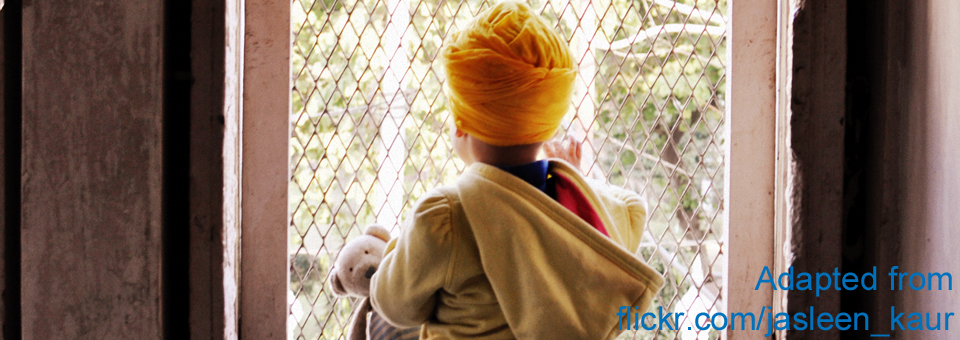Like every Mother, I know that my child is beautiful, honest and strong. It is my role to make him feel and believe the same throughout his childhood so that he becomes a confident adult. My little boy is now 5 and started school earlier this year. Thankfully he has settled in well and is thriving in his new environment. On our relatively long drive home from school one day he told me, “Mumma, a boy at school told me I was in the wrong toilets but I wasn’t in the girl’s toilets! Then another boy told me that I need to have a haircut.! Taken aback, I ask my son if he wants to have his hair cut to which he replies, “No, I don’t“. I am relieved and proud of him for not wanting to be the same as everyone else.
I think that children at this age are too young to have prejudices as such; they merely comment on what is different. What I struggle with is when adults refer to my son as a ‘beautiful girl’ or a ‘princess’ simply because he has long hair. Are there that many people in the UK who are still oblivious to the fact that practising Sikhs do not cut their hair? Do all of the amassed Vaisakhi nagar kirtan’s not educate even this simplest of things? Or is the problem that there are not very many practising Sikhs? In our region we have a healthy sized Punjabi community (accompanied by a disproportionate excess of Gurdwara’s) but at the Gurdwara we choose to go to regularly, none of the other children have Kesh (uncut hair). None. Move up a generation or so and there are a handful of sehaj-dharis and amrit-dharis, many of whom have looked that way since they were children. So what has changed?
You could argue that everything has changed, but probably nothing has changed. Rewind back 30 years and the events of 1984 were catapulting Sikhs into the limelight. I clearly remember seeing the attack on Harmandir Sahib on the news, I remember covered bodies in a line on the front of newspapers and I remember hearing of all the injustices. In subsequent months and years there were many rallies, demonstrations, Gurmat camps and Kirtan darbars, and we attended as many as we could. We grew up in the UK but these events had a huge impact on me and my younger siblings; we felt relieved when Bhai Satwant Singh and Bhai Beant Singh assassinated Indira Gandhi and then agonised listening to the death toll stack up in the Delhi genocide that followed. These were some of my childhood memories and they have contributed to my lifestyle choices and beliefs.
Coming back to the present day, my son is growing up in the UK where there are demonstrations, Gurmat camps and frequent reports of the struggles that Sikhs face in Punjab; in short there is still turmoil. So nothing has changed. But many of these struggles and injustices are kept out of mainstream media, or are not economically/socio-politically important enough to make it into mainstream news. And with the presence of Sikh TV channels and Sikh schools are we as a community further stifling our own voice, visibility and presence on a national scale?
Back to my 5 year old – what can I do to make his desire to follow the Sikh way of life stronger? A good place to start is to teach him about Sikhi, the language and Gurbani; to educate his teachers, fellow parents, my colleagues; to make learning important for both him and myself. We are shaped by our experiences and I intend to take my son to as many exhibitions, demonstrations, kirtan darbars and commemoration events as possible. Guru Nanak did not keep the Sikh way of life limited to Talwandi and I think we should aim to do the same in our workplace or with friends. Right now though, I am delighted that my 5 year old son is creating more Sikh based inquisitiveness and discussion than I ever did – all just by going to school and being a Sikh.




